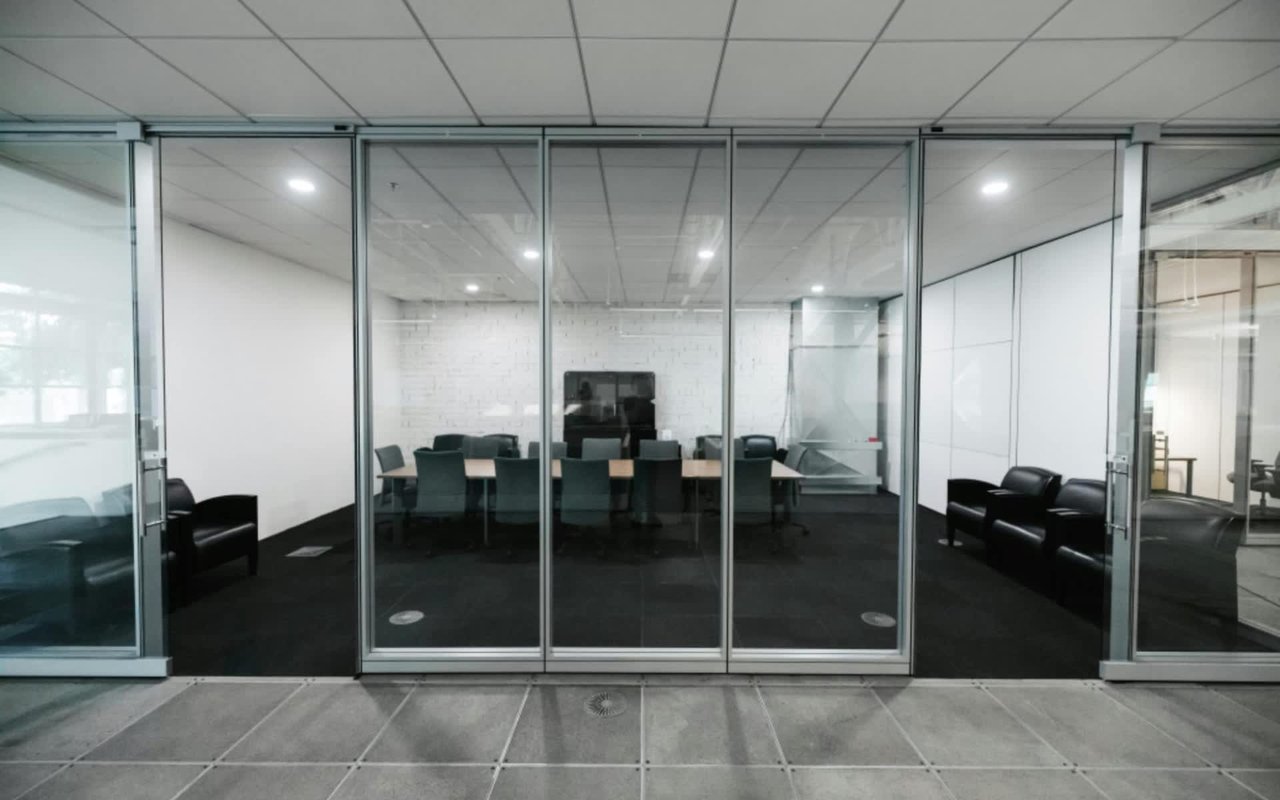Navigating the commercial real estate landscape can be a complex endeavor, particularly when it comes to understanding the tax implications of buying and selling properties. One powerful tool savvy investors often leverage is the 1031 exchange, which allows for deferral capital gains taxes. This blog post will delve into the mechanics of 1031 exchanges, their benefits, and how they can be effectively utilized in commercial real estate transactions.
What is a 1031 Exchange?
A 1031 exchange, named after Section 1031 of the Internal Revenue Code, is a tax deferral strategy that allows investors to sell a property and reinvest the proceeds into a "like-kind" property without immediately incurring capital gains taxes. This can be an invaluable tool for commercial real estate investors looking to grow their portfolios without the immediate tax burden that typically comes with selling a property.
Key Requirements for a 1031 Exchange
1. Like-Kind Property: The properties involved in the exchange must be of "like-kind." In the context of commercial real estate, this is broadly defined, meaning that most commercial properties can be exchanged for other types of commercial properties.
2. Investment or Business Use: Both the relinquished property and the replacement property must be held for investment or productive use in a trade or business. Personal residences do not qualify.
3. Timeline: The IRS imposes strict timelines on 1031 exchanges:
2. Investment or Business Use: Both the relinquished property and the replacement property must be held for investment or productive use in a trade or business. Personal residences do not qualify.
3. Timeline: The IRS imposes strict timelines on 1031 exchanges:
-
- Identification Period: Investors have 45 days from the sale of the relinquished property to identify potential replacement properties.
- Exchange Period: The entire exchange must be completed within 180 days.
4. Qualified Intermediary: A qualified intermediary (QI) must be used to facilitate the exchange. The QI holds the proceeds from the sale and uses them to purchase the replacement property, ensuring that the investor does not have constructive receipt of the funds.
Benefits of a 1031 Exchange
Tax Deferral
The primary benefit of a 1031 exchange is the deferral of capital gains taxes. By deferring these taxes, investors can use the full sale proceeds to invest in new properties, effectively leveraging their investment potential and enhancing their ability to build wealth over time.
Portfolio Diversification
1031 exchanges provide an opportunity to diversify a real estate portfolio. Investors can exchange one type of property for another that may offer better growth potential, stability, or cash flow. For example, an investor can exchange an office building for a retail center or an industrial warehouse, spreading risk across different asset classes.
Improved Cash Flow and Management
Investors can use a 1031 exchange to consolidate multiple properties into a single, larger investment or vice versa. This can lead to improved cash flow management and reduced property management responsibilities. For instance, exchanging several smaller properties for one larger property might simplify management and increase efficiency.
Strategic Relocation
1031 exchanges enable investors to relocate their investments to more desirable markets or regions with better growth prospects. This strategic flexibility allows investors to adapt to changing market conditions and capitalize on emerging opportunities.
Steps to Successfully Execute a 1031 Exchange
Step 1: Engage a Qualified Intermediary
The first step in a successful 1031 exchange is to engage a qualified intermediary (QI). The QI plays a crucial role in the process by holding the sale proceeds and ensuring compliance with IRS regulations. It is essential to select an experienced and reputable QI to avoid potential pitfalls.
Step 2: Identify Replacement Properties
Within 45 days of selling the relinquished property, investors must identify potential replacement properties. This step requires careful planning and market research to ensure that the replacement properties meet investment goals and 1031 exchange criteria. It is advisable to identify multiple properties (up to three) to provide flexibility in case one falls through.
Step 3: Execute the Exchange
The next step is to execute the purchase of the identified replacement property within the 180-day exchange period. The QI will use the sale proceeds to acquire the replacement property on behalf of the investor. Coordination with real estate agents, attorneys, and other professionals is critical to ensure a smooth transaction.
Step 4: Compliance and Documentation
Maintaining proper documentation throughout the 1031 exchange process is essential for IRS compliance. This includes detailed records of the sale and purchase transactions, identification of replacement properties, and all correspondence with the QI. Proper documentation will support the validity of the exchange and help prevent potential issues during an IRS audit.
Common Challenges and Considerations
Market Timing
One of the significant challenges of a 1031 exchange is timing. The strict 45-day identification and 180-day exchange periods can be challenging in a competitive real estate market. Investors need to be proactive and have a clear strategy in place to meet these deadlines.
Property Matching
Finding suitable replacement properties that meet the investor's criteria and comply with 1031 exchange rules can be challenging. It is essential to conduct thorough due diligence and work with knowledgeable real estate professionals to identify and secure appropriate properties.
Legal and Tax Advice
While a 1031 exchange offers significant tax advantages, it is a complex process that requires careful planning and execution. Investors should seek advice from tax professionals and real estate attorneys to ensure compliance with IRS regulations and to optimize the benefits of the exchange.
Conclusion
A 1031 exchange is a powerful tool for commercial real estate investors looking to defer capital gains taxes and maximize their investment potential. By understanding the key requirements, benefits, and steps involved in a 1031 exchange, investors can strategically grow their portfolios, improve cash flow, and diversify their investments.
Navigating the complexities of a 1031 exchange can be challenging, but with the right guidance, it can lead to significant financial benefits. The Davis Saadian Group specializes in commercial real estate and offers expert advice on 1031 exchanges. Contact Davis Saadian today at The Saadian Group to explore how a 1031 exchange can help you achieve your investment goals and build long-term wealth.
Navigating the complexities of a 1031 exchange can be challenging, but with the right guidance, it can lead to significant financial benefits. The Davis Saadian Group specializes in commercial real estate and offers expert advice on 1031 exchanges. Contact Davis Saadian today at The Saadian Group to explore how a 1031 exchange can help you achieve your investment goals and build long-term wealth.



